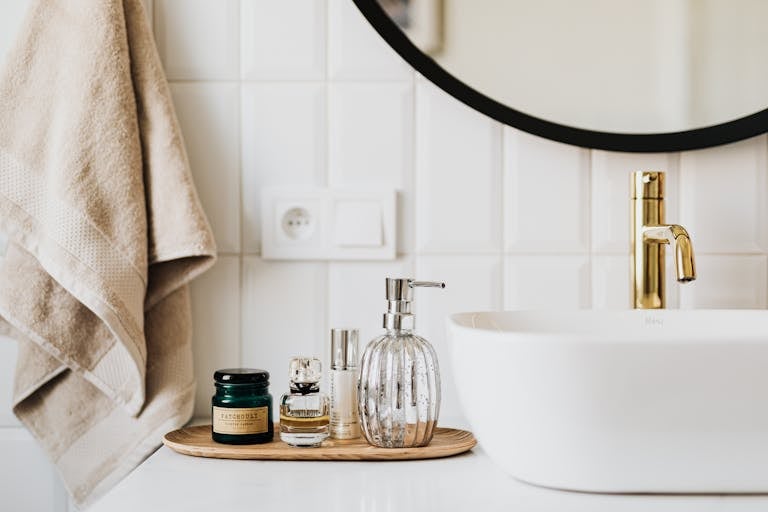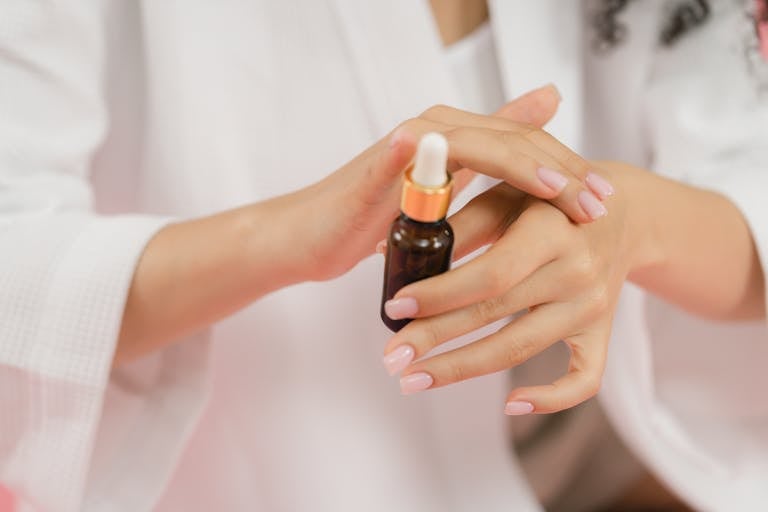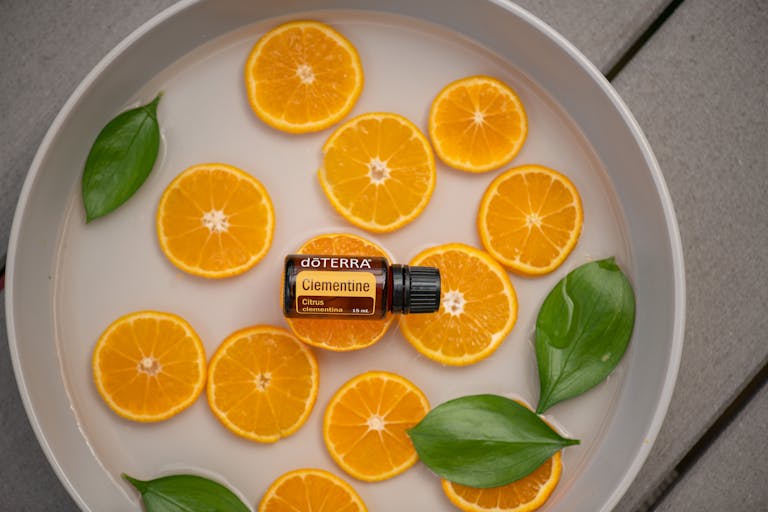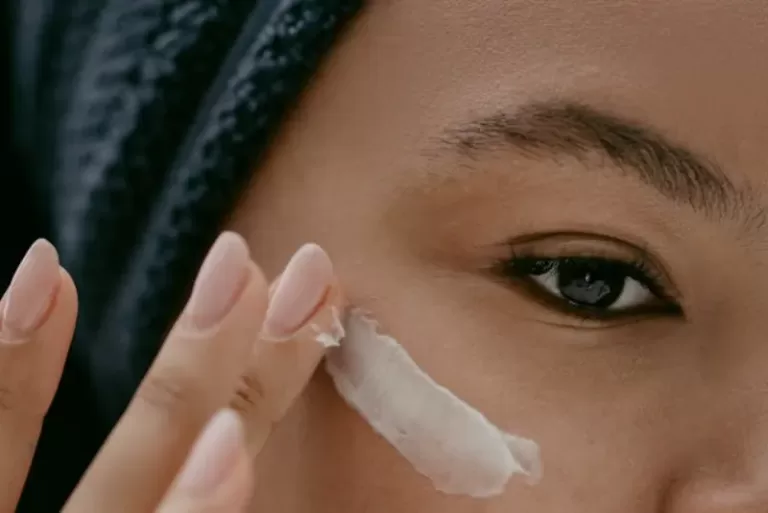Homemade Sunscreens: Are Natural Sunscreen Alternatives Safe and Effective? Here are 3 to Consider
Thinking about switching to natural sunscreen alternatives? You’re not alone! With a growing trend towards eco-friendly and skin-friendly products, many people are exploring homemade sunscreens. But is crafting your own sun protection really safe and effective?
Homemade sunscreens often use ingredients like coconut oil and shea butter, which are touted for their natural sun-protective properties. However, there’s growing concern about whether these DIY options provide adequate protection against harmful UV rays. Studies suggest that while some natural ingredients have low SPF, they may not offer broad-spectrum coverage needed for safe sun exposure.
In this post, we’ll dive into the pros and cons of homemade sunscreens, address the safety concerns, and explore effective natural alternatives you can trust. Stick around to find out if DIY sunscreen is the best choice for you or if there are better natural options worth considering!
Is homemade sunscreen safe for your skin?
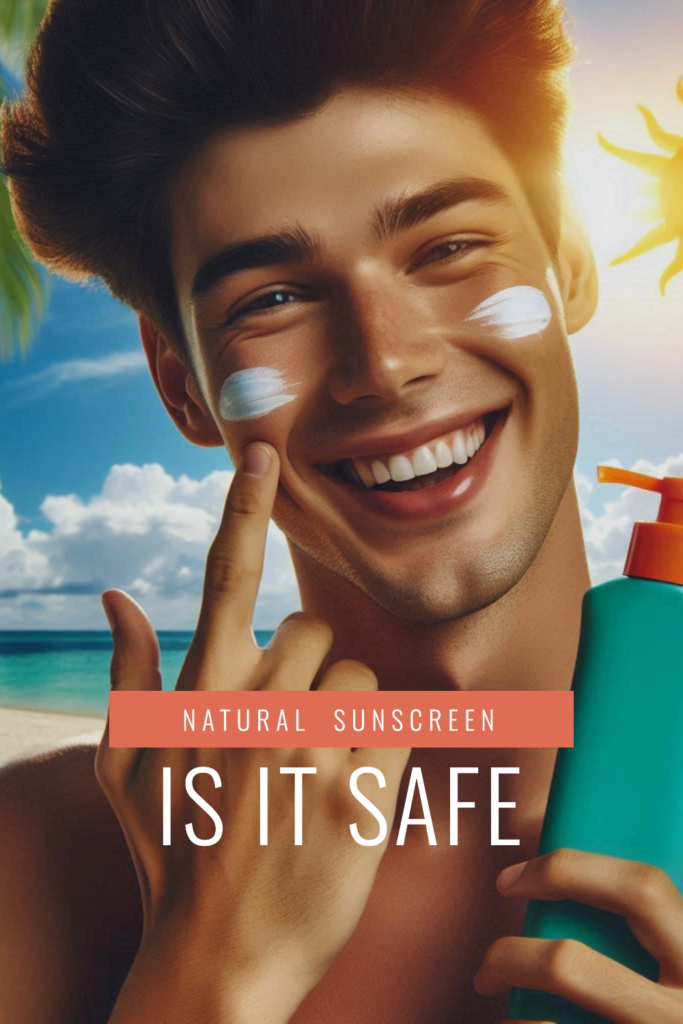
Understanding Sunscreen Basics
Sunscreen is more than just lotion; it’s a dependable partner in defending your skin from harmful rays. Whether it’s summer or winter, protecting your skin is necessary for maintaining dermatological health. Let’s break down the essentials of sunscreen to see why it’s such a must-have in our skincare routines.
What is SPF?
SPF stands for Sun Protection Factor. It’s a measure on sunscreens that tells you how well the sunscreen will protect your skin from UVB rays, the kind that cause sunburn. Higher SPF numbers indicate more protection—15, 30, 50, etc. But does that mean SPF 100 is twice as strong as SPF 50? Not quite!
Here’s a basic breakdown:
- SPF 15: Blocks about 93% of UVB rays.
- SPF 30: Blocks about 97%.
- SPF 50: Blocks up to 98%.
It’s recommended to use sunscreen with an SPF of at least 30, especially if you’re spending more than a few minutes outdoors.
Source: Learn the Basics of SPF and Sunscreen
Understanding UVA and UVB Rays
Sunlight consists of two types of harmful rays: UVA and UVB.
- UVA Rays: These penetrate deep into the skin and contribute to premature aging and wrinkling. UVA rays can even pass through window glass.
- UVB Rays: These are the primary cause of sunburn and are blocked by window glass.
It’s essential to choose a broad-spectrum sunscreen. But why?
Why Broad-Spectrum Protection Matters
Broad-spectrum sunscreens safeguard you from both UVA and UVB rays. Think of it as the all-in-one solution for skin protection. Using a broad-spectrum sunscreen ensures comprehensive coverage, reducing risks like:
- Skin cancer
- Sunburn
- Premature Skin Aging
Checking for the “Broad Spectrum” label on products can save your skin in the long run.

Photo by Kamaji Ogino
For more information, you can explore Understanding Sunscreen by UC Davis Health which delves into various aspects of sunscreen usage.
Choosing the right sunscreen ensures you’re not just dodging sunburns, but also fighting off long-term damage to your skin. Ready for some sunshine? Make sure you’ve got your skin shield on!
Homemade Sunscreen: Common Ingredients
When it comes to making your own sunscreen at home, knowing what ingredients to use is key to ensuring your natural sunscreen alternative provides protection and nourishment. Let’s dive into some common ingredients used in DIY sunscreen formulations.
Coconut Oil and Shea Butter
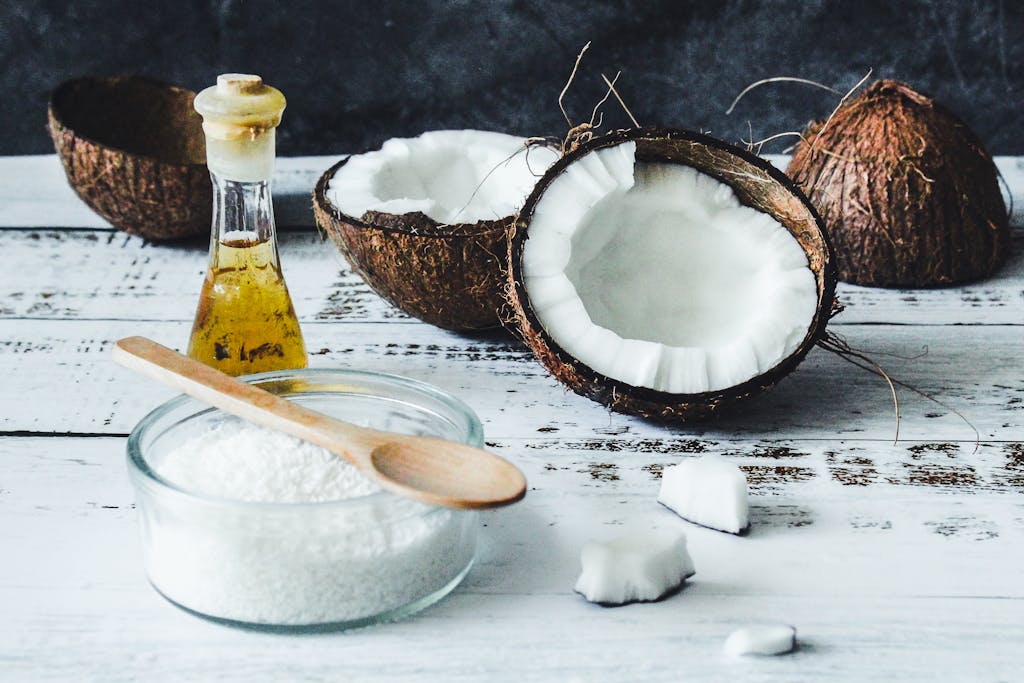
Coconut oil and shea butter are popular choices for homemade sunscreens because of their natural SPF properties. Coconut oil has an SPF of around 4-6, while shea butter offers an SPF of approximately 3-4. Though these numbers might seem low, layering them over other sun-blocking agents can enhance protection.
These ingredients are not just for sun protection. They are also fantastic moisturizers. Coconut oil helps to keep the skin smooth and hydrated, while shea butter contains vitamins A and E, aiding in skin repair and moisturizing cracked skin. Combining these can give a nourishing base to your DIY sunscreen.
For more details on their benefits, check out this comparison of shea butter and coconut oil.
Zinc Oxide
Zinc oxide is a powerhouse ingredient in many commercial and homemade sunscreens. It works as a physical sunscreen, which means it deflects UV rays rather than absorbing them. This makes it very effective at blocking both UVA and UVB rays.
However, using zinc oxide in DIY formulations comes with its own set of challenges:
- Mixing Difficulties: It can be tricky to get zinc oxide to blend smoothly into your homemade mixture.
- White Cast: It’s notorious for leaving a white residue on the skin, which some people find unappealing.
- Storage and Stability: Zinc oxide can lose its effectiveness if not stored properly and can even become toxic after long exposure to UV light, as seen in this OSU study.
But when formulated correctly, zinc oxide remains a top choice for natural sunscreen alternatives due to its broad-spectrum protection.
Essential Oils
Essential oils are often added to homemade sunscreens for their fragrance and additional skincare benefits. Oils like lavender, peppermint, and tea tree can offer soothing properties and may have some degree of SPF, though usually very minimal.
However, there are significant safety concerns to be aware of when using essential oils:
- Skin Irritation: Some essential oils can cause irritation or allergic reactions. For example, citrus oils are known to be phototoxic, making them react adversely with the sun’s UV rays.
- Dilution: Essential oils should never be applied undiluted on the skin. Always mix them with a carrier oil, but even then, it’s crucial to do a patch test first.
For a deeper understanding of safe essential oil usage, you can refer to this guide on essential oils.
Adding essential oils to your sunscreen can be beneficial, but it requires careful consideration and knowledge to avoid any adverse effects.
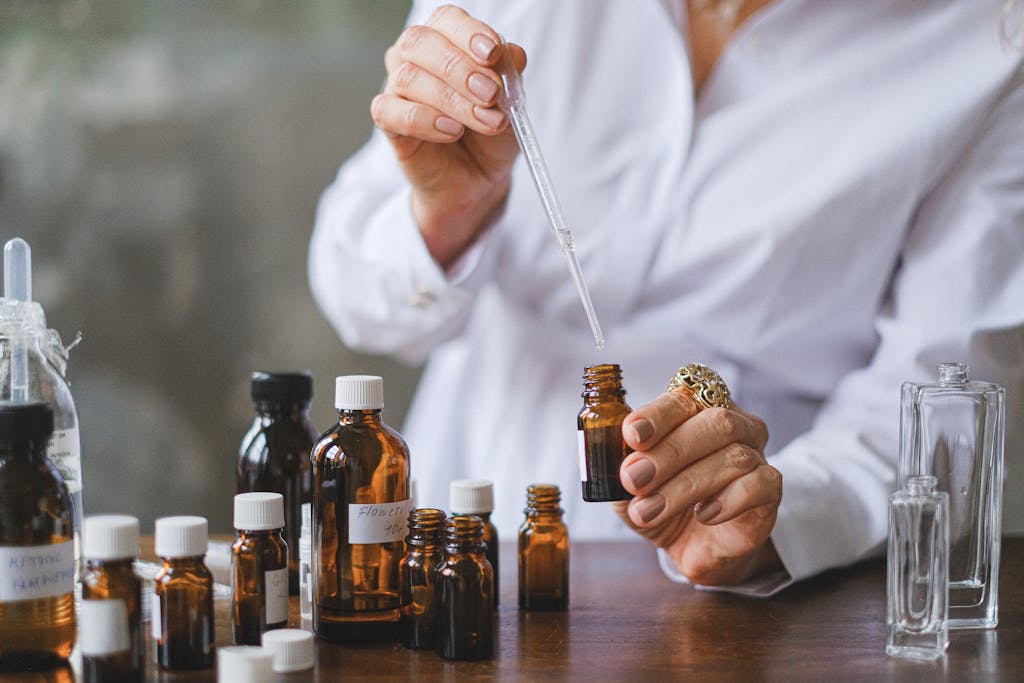
Safety Concerns with Homemade Sunscreens
Thinking about whipping up your own sunscreen at home? While it might feel like a fun DIY project, there are some serious safety concerns you should know about. Let’s explore the potential risks.
Ineffectiveness of DIY Formulations
Homemade sunscreens might sound like a great natural sunscreen alternative, but studies and experts warn against their effectiveness.
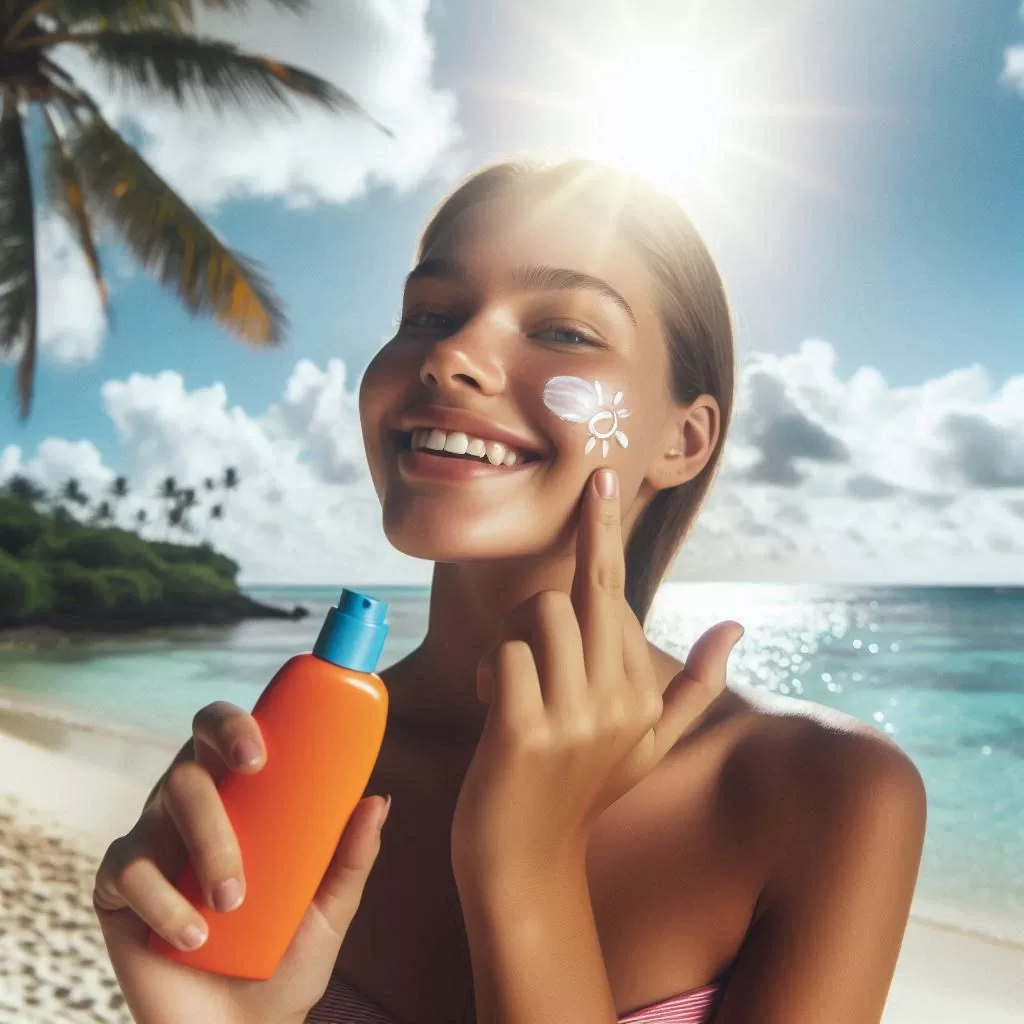
Unreliable SPF Levels: Commercial sunscreens go through rigorous testing to ensure they provide the stated SPF (Sun Protection Factor). However, natural sunscreen alternatives made at home do not have these testing mechanisms. Thus, it is very tricky to guarantee the level of protection.
Research Findings: Studies have shown that many homemade sunscreen recipes found online provide dangerously low levels of sun protection. In fact, Consumer Reports highlights that some ingredients might offer slight UV protection, but it’s far from the effectiveness of store-bought products.
Expert Opinions: According to Penn State Health, essential oils and zinc oxide used in DIY sunscreens haven’t been sufficiently tested. The Medical Minute article emphasizes that effectiveness and safety are not ensured with homemade mixtures.
Potential Skin Reactions
Sunscreen is essential for protecting our skin from harmful UV rays, but using untested ingredients can lead to unexpected skin reactions.
Allergic Reactions: Some ingredients in homemade sunscreens might cause allergies. For instance, common allergens like essential oils and some plant extracts can trigger skin allergies. Everyday Health shares that even some commercial sunscreens can cause allergies, but the risk is higher with untested DIY products.
Skin Irritations: Making your own sunscreen may lead to irritation due to the ingredients used. Medical News Today points out that symptoms can include redness, itchiness, and swelling. Given that homemade sunscreens lack proper testing, these risks are amplified.
Contact Dermatitis: DIY sunscreens might appear natural and safe, but they carry the risk of causing various skin conditions. According to Healthline, contact dermatitis, a condition characterized by red, itchy rashes, is a potential reaction to ingredients in both commercial and homemade sunscreens.
While creating your own sunscreen might seem like a creative and natural solution, the risks involved are significant. Ensuring effective protection against the sun’s harmful rays is crucial, and homemade sunscreens may fall short in providing that safety. Instead, consider well-reviewed commercial products that are tested for both safety and effectiveness.
Comparing Natural Sunscreen Alternatives
When it comes to protecting our skin from the sun, many people are looking for natural alternatives to traditional sunscreens. But are these options really effective, and how do they stack up against homemade sunscreens? Let’s break it down.
Commercial Natural Sunscreens
The Ultimate Guide to Natural Exfoliation Methods: 3 Revitalizing Scrubs for Every Skin Type
Homemade Acne Treatments: DIY Spot Remedies That Really Work – Clear Skin in 2024
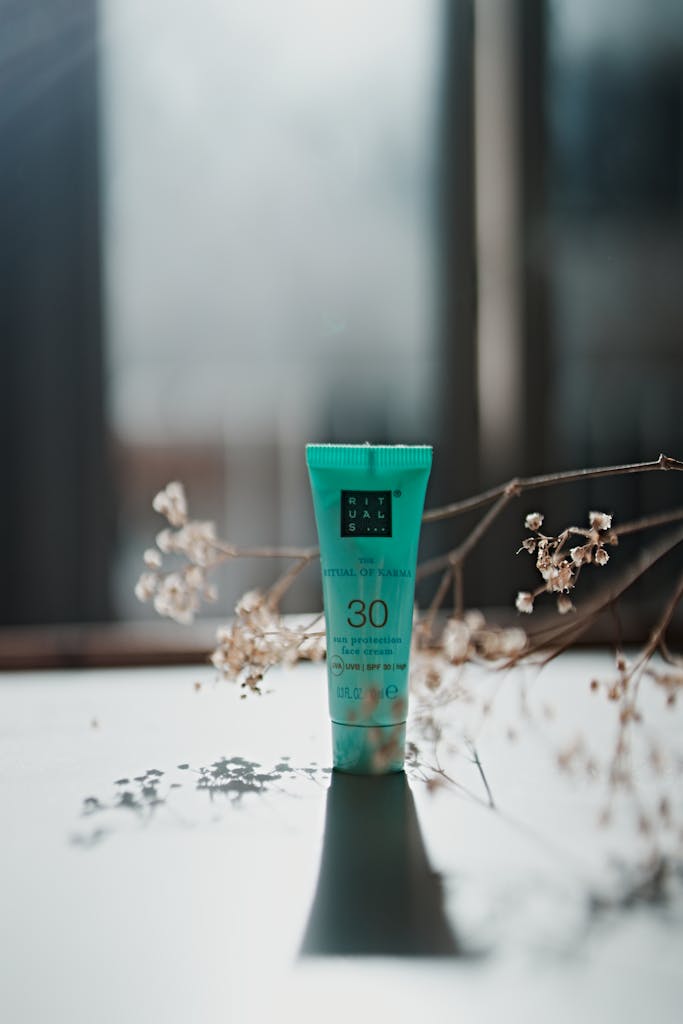
Key Ingredients:
- Zinc Oxide and Titanium Dioxide – These minerals are considered safe and effective, providing broad-spectrum protection against UVA and UVB rays.
- Plant Oils – Oils like coconut, raspberry seed, and carrot seed oil offer some level of sun protection due to their natural SPF properties.
- Aloe Vera – Known for its skin-soothing properties, it also provides a minor level of sun protection.
- Green Tea Extract – Contains antioxidants that can help protect against UV damage.
Commercial natural sunscreens are tested for effectiveness and safety, ensuring a reliable SPF rating and broad-spectrum coverage. This makes them a dependable choice for sun protection.
More details on commercial natural sunscreens can be found here.
Homemade Sunscreens
Homemade sunscreens often use natural ingredients but lack the rigorous testing that commercial products undergo. This raises concerns about their effectiveness and safety.
Common Ingredients:
- Coconut Oil – Often used for its moisturizing properties but provides minimal sun protection (about SPF 4 to 7).
- Shea Butter – Moisturizing but has a very low SPF.
- Beeswax – Used for consistency, but offers no sun protection.
- Essential Oils – Such as lavender or eucalyptus, but they do not have proven sun-blocking properties.
Homemade options might seem appealing, but they often fall short in real-world effectiveness. For example, studies have shown that while coconut oil and other similar ingredients offer some UV protection, it’s not comparable to what you get from a properly tested sunscreen.
Learn more about the risks and limitations of homemade sunscreens at Consumer Reports.
Effectiveness Comparison
| Aspect | Commercial Natural Sunscreens | Homemade Sunscreens |
|---|---|---|
| Effectiveness | High (SPF 30 and above, broad-spectrum) | Low (Often under SPF 10, not broad-spectrum) |
| Ingredients | Tested minerals and plant-based ingredients | Unverified DIY ingredients |
| Safety | Generally safe, tested for adverse reactions | Uncertified, potential allergens |
| Ease of Use | Easy, apply like regular sunscreen | Can be inconsistent, hard to mix |
| Availability | Widely available in stores and online | Needs to be homemade, not available retail |
In short, while homemade sunscreens may seem like a natural choice, they often lack the effectiveness and reliability needed for proper sun protection. Commercially available natural sunscreens, on the other hand, provide tested and proven protection against harmful UV rays.
For further reading on the importance of safe and effective sun protection, check out this article by the Cancer Council.
Expert Recommendations
When it comes to sun protection, the debate between homemade sunscreens and commercial products is ongoing. While many people treasure natural sunscreen alternatives, experts generally have specific recommendations to ensure safety and effectiveness.
Choosing the Right Sunscreen
Choosing the best sunscreen can feel like navigating a maze with all the products on the market. So, what do experts say you should look for?
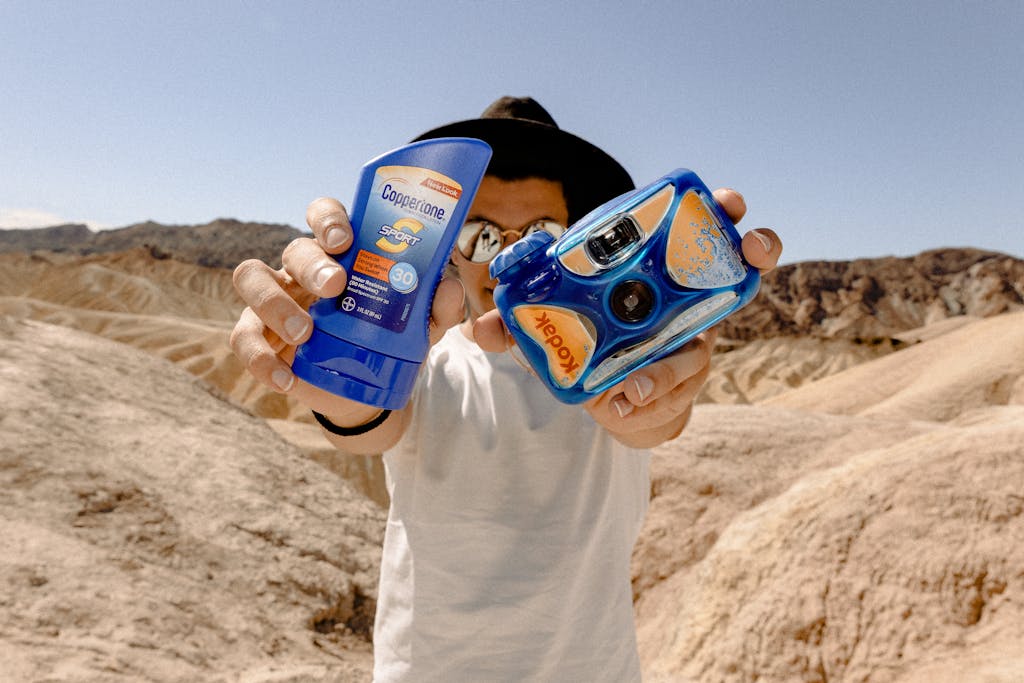
- Broad-Spectrum Protection: UV radiation is sneaky. There are two types: UVA and UVB. Make sure your sunscreen is labeled “broad-spectrum,” which means it protects against both. Forbes insists that this is crucial for complete protection.
- SPF 30 or Higher: The higher the SPF (Sun Protection Factor), the better. Dermatologists recommend using SPF 30 for everyday use and SPF 50 and above for extended outdoor activities. Trust me, you don’t want to skimp here.
- Water Resistance: If you’re swimming or sweating, you’ll need a water-resistant sunscreen. This doesn’t mean it’s waterproof, so reapply often. REI notes that labels will specify water resistance for either 40 or 80 minutes.
- Mineral vs. Chemical: Experts often prefer mineral sunscreens (containing zinc oxide or titanium dioxide). They sit on top of the skin and reflect harmful rays. Mineral sunscreens are recommended because they are less likely to cause skin irritation and are considered safer for the environment. Studies have found that they are less likely to contain harmful additives. Check out The Skin Cancer Foundation for more insights into these options.
- Reef-Safe Formulas: If you’re swimming in the ocean, look for a “reef-safe” label. Some chemical sunscreens can harm marine life and coral reefs. AARP recommends considering this especially if you frequent beaches.
By following these guidelines, you’ll be better equipped to select a commercial sunscreen that offers reliable protection while being mindful of your skin and the environment. Stay safe and sun-savvy!
Conclusion
The debate around homemade sunscreen and its effectiveness is a hot topic. So, should you trust your own concoctions to shield you from the sun’s harmful rays?
Safety Concerns
While natural ingredients like coconut oil and aloe vera might sound appealing, they aren’t a substitute for proper sun protection. According to a study from Cancer Australia, most natural ingredients have not been scientifically tested to ensure they can protect your skin from harmful UV radiation. This lack of testing can put you at risk for sunburn and even skin cancer.
Effectiveness
Homemade sunscreens often fail to provide the broad-spectrum protection that commercial sunscreens do. A Consumer Reports article explains that while some natural ingredients may offer minimal UV protection, it’s not enough to adequately protect your skin. For instance, ingredients like raspberry seed oil or carrot seed oil might offer low SPFs but can’t match the robustness of commercial products.
Trusted Alternatives
When it comes to your skin’s safety, it’s best to stick with products that have undergone rigorous testing for their UV protection capabilities. Opting for trusted brands ensures that the sunscreen has the right ingredients to protect you. In fact, there are many natural sunscreen alternatives available which are both effective and safer.
Here are some trusted natural alternatives:
- Sun-protective clothing: These garments have built-in UV protection.
- Mineral sunscreens: Using zinc oxide or titanium dioxide to block UV rays.
- Plant oils: Certain oils like coconut oil and olive oil as additional barriers (though not sole protection).
Final Thoughts
Using effective and medically approved sunscreens is crucial to protect your skin from harmful UV rays. While using natural oils and ingredients can complement sun safety, they should not replace your trusted store-bought sunscreens. Always prioritize your skin’s health by choosing products that offer proven protection.
FAQ: Natural Sunscreen Alternatives
What are some common natural sunscreen ingredients?
Natural sunscreens often use ingredients like zinc oxide and titanium dioxide. These minerals sit on the skin’s surface and physically block UV rays.
Are natural sunscreens as effective as chemical ones?
Yes, they can be. Zinc oxide and titanium dioxide provide broad-spectrum protection. Just make sure the product has an SPF of at least 30.
Can I use coconut oil as a natural sunscreen?
No, coconut oil doesn’t offer adequate protection from UV rays. It’s not a substitute for a proper sunscreen.
How do I apply natural sunscreen?
Apply a generous amount to all exposed skin. Reapply every two hours, and after swimming or sweating.
Do natural sunscreens leave a white cast?
Some do, especially those with zinc oxide. Look for products labeled “sheer” or “tinted” to minimize this effect.
Are natural sunscreens safe for sensitive skin?
Generally, yes. Natural sunscreens are often less irritating because they don’t contain synthetic chemicals. Always check the ingredient list for any known allergens.
Can natural sunscreens expire?
Yes, they can. Check the expiration date on the bottle. Expired sunscreen may not provide proper protection.
Are there any DIY natural sunscreen recipes?
DIY sunscreen isn’t recommended. Precise formulation is crucial for effective UV protection, which is hard to achieve at home.
How do I choose a natural sunscreen?
Look for products with zinc oxide or titanium dioxide as active ingredients. Check for an SPF of 30 or higher. Read reviews and consider testing a small amount on your skin first.
Can I mix natural sunscreen with other products?
It’s best not to mix sunscreen with other products. Mixing may dilute the sunscreen, making it less effective. Apply sunscreen first, then layer other products on top.


